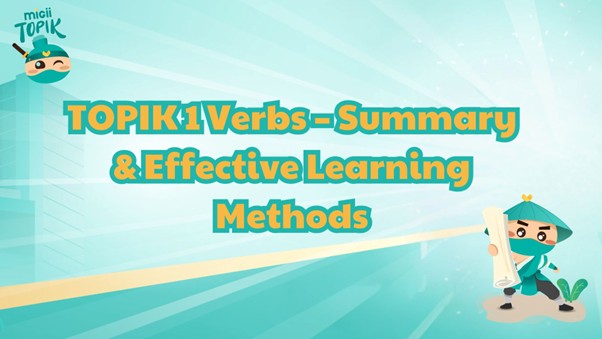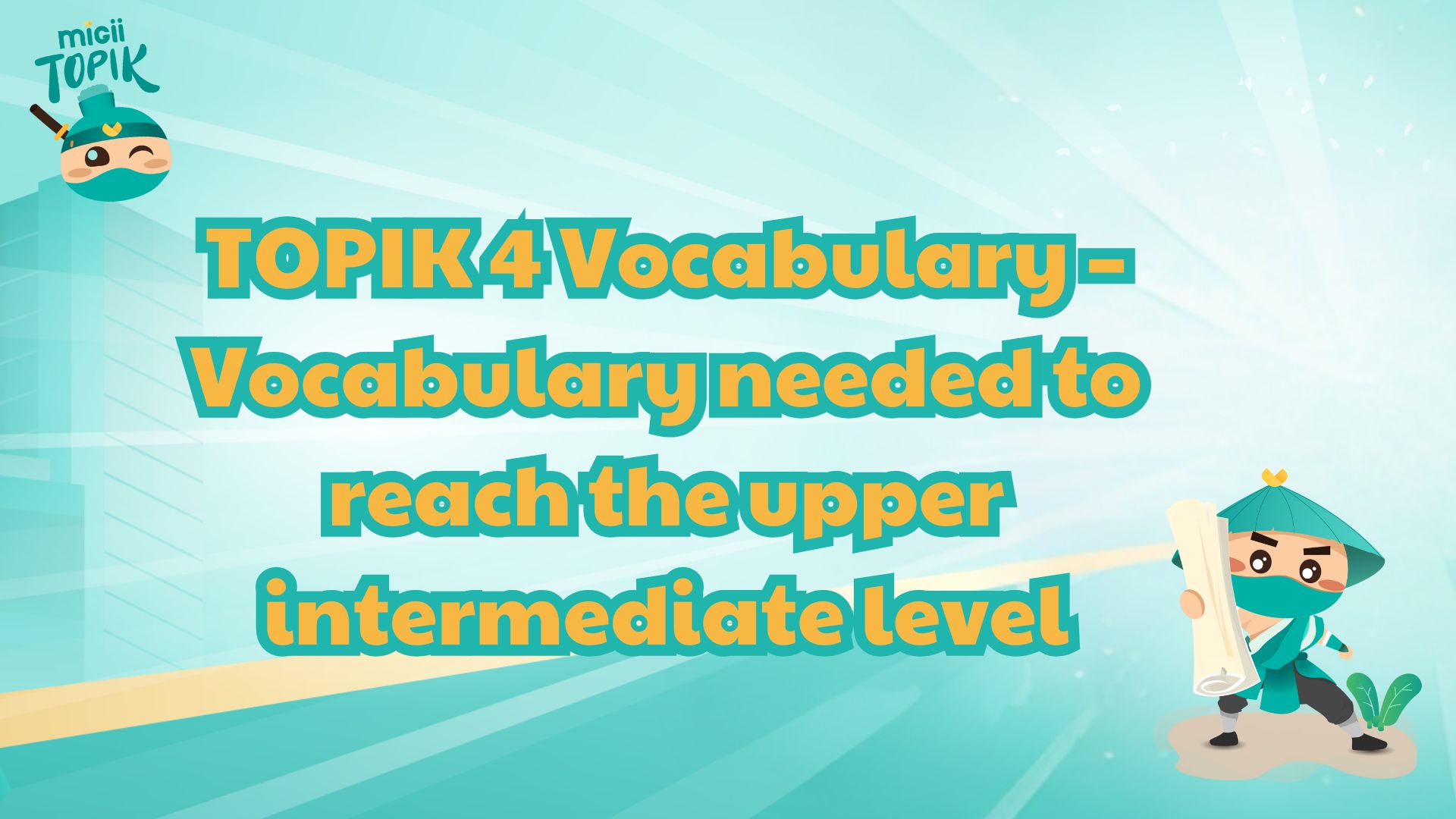If you are preparing for the JLPT N4, mastering verbs can boost both your score and communication skills. This article offers the latest JLPT N4 verb list PDF with meanings, examples, and tips to help you learn faster and answer with confidence using Migii.
JLPT N4 verb list PDF
JLPT N4 Verbs and Detailed Classification
When preparing for the JLPT N4 exam, mastering the verb system and understanding their classification rules is a key factor for achieving high performance in grammar, reading comprehension and listening. A clearly organized JLPT N4 verbs list serves as a roadmap for your learning process.
Group 1 (Godan) includes verbs with the most complex conjugation patterns. The final syllable of the verb stem changes depending on the tense and form. This variety requires learners to memorize each transformation rule, especially when working under the time pressure of the exam.
Examples:
- kaku (書く – to write) → kaite (書いて) in the te-form
- nomu (飲む – to drink) → nonde (飲んで) in the te-form
Group 2 (Ichidan) has simpler conjugation rules, often requiring only the removal of the ru ending before adding the appropriate suffix. However, some exceptions exist, and relying solely on “intuition” rather than rules can easily lead to mistakes.
Examples:
- taberu (食べる – to eat) → tabete (食べて) in the te-form
- taberu (食べる – to eat) → tabenai (食べない) in the negative form
Group 3 (Irregular) consists of only 2 verbs, suru (する – to do) and kuru (来る – to come), yet they appear very frequently in JLPT N4 tests. Despite their small number, these verbs are highly important and should be memorized early in your study process.
Examples:
- benkyou suru (勉強する – to study) → benkyou shita (勉強した) in the past form
- kuru (来る – to come) → koyou (来よう) in the volitional form
In addition to memorizing individual verbs, learners must master essential conjugations such as the te-form, ta-form, nai-form, potential form (dekiru できる), volitional form (-ou/-you), and conditional form (-eba/-tara). These forms frequently appear in real-life conversational contexts.
Example conversation:
Friend: 明日、映画を見に行かない?
Friend: Want to go watch a movie tomorrow?
You: いいね、時間があれば行こう。
You: Sounds good. If I have time, let’s go.
Such dialogues not only test grammar knowledge but also require quick reflexes using the JLPT N4 verb list you have learned.
For this reason, using a JLPT N4 verb list PDF with example sentences and practicing in realistic contexts will help you retain the written form while also applying it in both the writing and listening sections. This method blends systematic memorization with practical language use, making it suitable for both self-learners and students in JLPT preparation courses.
JLPT N4 verb
Latest JLPT N4 Verb List PDF
To study and remember JLPT N4 verbs in a systematic way, having a complete and well-organized resource is essential. Among the many materials available today, the JLPT N4 verb list PDF from Migii is considered a reliable choice, as it is compiled based on the actual exam format and statistics of the most frequently appearing verbs in JLPT N4.
This list includes the original Japanese verbs, their English meanings for easy reference, and practical examples that reflect real-life usage. These examples not only help you understand the meaning but also show how to apply the verbs in context, avoiding the common problem of “knowing the meaning but not knowing how to use it,” which many learners face.
Another strength of this file is its logical organization. The JLPT N4 verbs are grouped according to grammar patterns and frequency in the exam, allowing you to prioritize the most important verbs first rather than spending time on those that appear less often.
The entire JLPT N4 verb list can be downloaded from Migii’s official and authorized source, ensuring you get the most up-to-date and accurate version. Moreover, when you combine this file with online practice tools, you can significantly shorten your memorization time and improve your reflexes during the exam.
Download here:
You can sharpen your skills with our online training platform, where you can practice anytime, anywhere to prepare for the JLPT test at every level and track your progress in real time.
Effective Study Materials for JLPT N4 Verbs
When preparing for JLPT N4 verbs, simply memorizing the list in the JLPT N4 verb list PDF is not enough to retain them long-term or use them naturally. It is essential to combine this list with high-quality textbooks so you can see how verbs appear and function in real-life contexts.
Minna no Nihongo II with Real Life Conversations
Minna no Nihongo II (Vietnamese edition) is an excellent choice for learners who want to master verbs through dialogues and everyday situations. Each lesson integrates many new verbs from the JLPT N4 verb list, allowing you to learn vocabulary while also practicing conversational reflexes.
For example, you will not only remember that “hashiru” means “to run,” but also understand how to use it in specific dialogues, which increases your ability to apply it during the exam.
Download here:
Soumatome N4 Organizing Verbs by Topic
Soumatome N4 stands out for categorizing verbs by themes such as daily activities, work, transportation, or travel. This method is especially useful when studying with the JLPT N4 verb list PDF, as the brain tends to remember better when information is grouped by context.
For instance, when studying the Transportation topic, you will encounter verbs like norimasu (to get on a vehicle) and orimasu (to get off a vehicle) in the same group, making them easier to compare and distinguish.
Download here:
Nihongo Challenge N4 Practicing Verbs in Reading Contexts
Nihongo Challenge N4 offers an approach that focuses on reading skills, helping you see how JLPT N4 verbs naturally appear in short dialogues and reading passages. This is crucial because many learners memorize the JLPT N4 verb list but get confused when encountering these verbs in real test contexts. By practicing with this type of material, you will recognize them more quickly and understand the nuances of each verb.
Download here:
Materials for JLPT N4 verbs
Explore Migii’s rich collection of Japanese learning materials for all levels, from beginner to advanced, and unlock the tools you need to master every skill with confidence.
Practical Tips for Mastering JLPT N4 Verbs Effectively
Once you have the JLPT N4 verb list PDF in hand, the key is to turn it into real, usable knowledge rather than just lines of text. Below are 3 practical methods that many test takers have used with noticeable results when studying JLPT N4 verbs.
Learn through real actions or video demonstrations
The brain retains information more effectively when it is connected to images and movement.
For example, if you are learning verbs like hashiru (to run) or arau (to wash), actually perform the action or watch a short video demonstration.
The association between the word and the visual helps you remember it longer, and when you encounter it in the exam, the image will instantly appear in your mind, allowing you to respond quickly.
Practice in sentence chunks instead of single words
Studying verbs in isolation often makes them harder to remember and understand in context.
Instead, learn them in short sentence patterns, such as mizu wo nomu (drink water) or hon wo yomu (read a book).
This approach helps you grasp both meaning and usage while improving your ability to recognize verbs in reading and listening tasks. When reviewing your JLPT N4 verb list, try creating at least one sentence for each verb, ideally connected to your own experiences.
Take daily speed tests
Owning the JLPT N4 verb list PDF is not enough; you also need to train your reflexes. Spend 5 to 10 minutes each day on quick quizzes where you recall meanings or conjugate verbs under time pressure. Many learners have found that after just a few weeks of this practice, they not only remember meanings better but also react almost instantly to verbs in the exam. This can save valuable time and prevent unnecessary mistakes.
Tips for mastering JLPT N4 verbs
Conclusion
Having and using the JLPT N4 verb list PDF effectively will not only help you memorize faster but also apply verbs accurately in every type of exam question. When combined with practical learning methods and consistent practice, you will significantly improve your reflexes, communication skills and overall score. With the support of Migii JLPT, your study process will become more structured, time-efficient and result-oriented, giving you the confidence to conquer the JLPT N4 exam.








